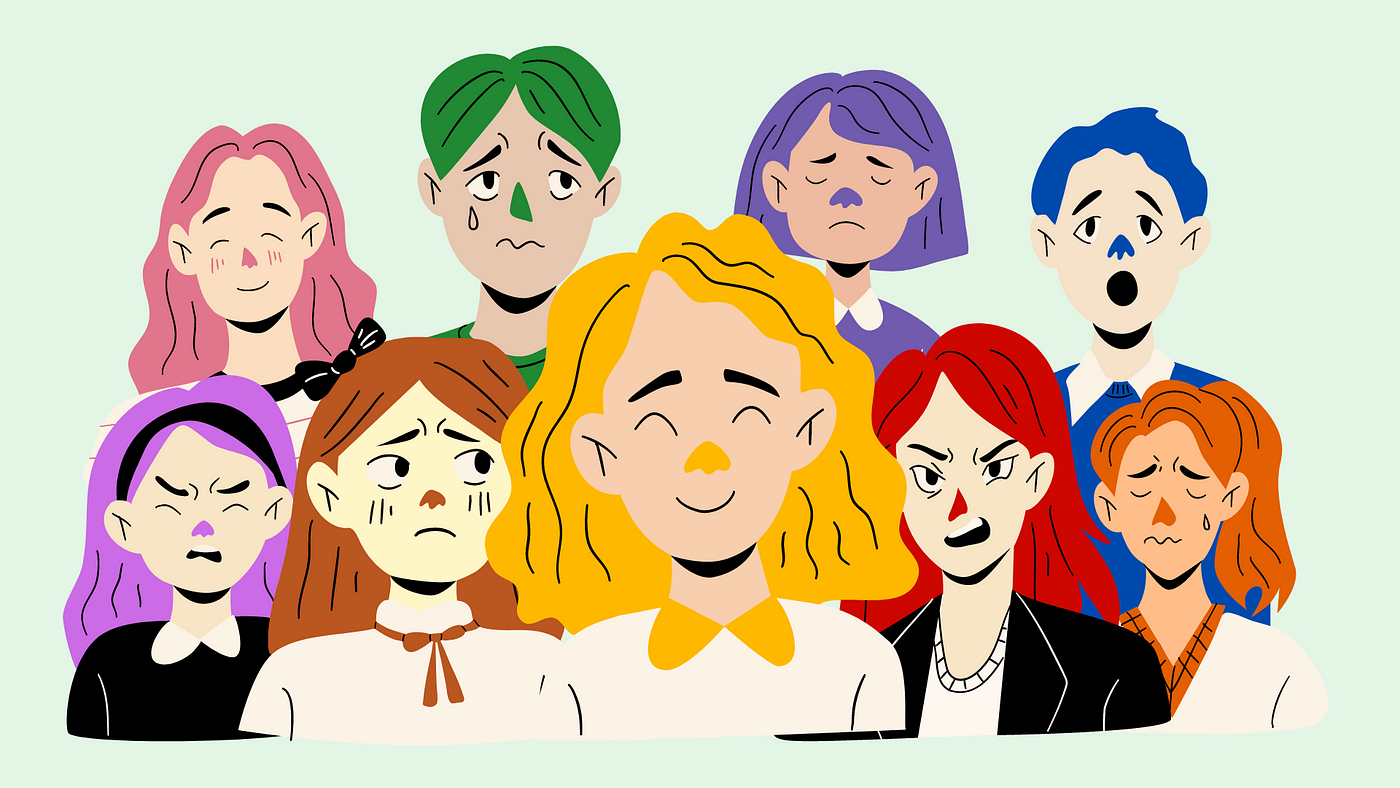Introduction
In the world of design, aesthetics and functionality have long been the primary focus. While these aspects are undeniably important, there’s an often overlooked dimension that can elevate a design from good to exceptional: emotional engagement. Designing with the intent to evoke specific emotions in users can create lasting connections and memorable experiences. In this blog post, we’ll explore the significance of emotional engagement in design, its impact on user satisfaction and loyalty, and practical strategies to incorporate it into your projects.
The Power of Emotion in Design
Emotions play a fundamental role in decision-making, including the choices users make when interacting with digital products and services. Whether it’s a website, mobile app, or physical product, the emotional response a design elicits can shape how users perceive and interact with it.
Why Emotional Engagement Matters
User Satisfaction: When users feel an emotional connection to a product or experience, their overall satisfaction increases. A design that makes users feel happy, excited, or even nostalgic is more likely to be well-received and remembered.
User Loyalty: Emotional engagement fosters loyalty. Users are more likely to return to a product or service that made them feel a strong connection. This loyalty can translate into long-term customer relationships and increased brand advocacy.
Memorability: Emotionally engaging designs are memorable. Users are more likely to remember and recommend experiences that stand out due to their emotional impact. This word-of-mouth marketing can be invaluable for businesses.
Strategies for Designing Emotional Engagement
Now that we understand why emotional engagement is crucial, let’s delve into some effective strategies for infusing emotions into your design projects.
Tags: Design Strategy, Emotion, User Interaction, Visual Design
Understand Your Audience: Start by gaining a deep understanding of your target audience. What are their values, aspirations, and pain points? Tailoring your design to resonate with their emotions requires empathy and research.
Storytelling Through Design: Incorporate storytelling elements into your design. Narratives can evoke emotions and create a more immersive experience. Whether it’s the story of a product’s creation or the user’s journey, stories can forge connections.
Color Psychology: Colors have a profound impact on emotions. Consider the emotional associations of different colors when choosing your palette. For example, blue can convey trust and calmness, while red can evoke excitement and passion.
Microinteractions: Pay attention to small, interactive details within your design. Microinteractions, like animated buttons or delightful sound effects, can create moments of surprise and joy for users.
Case Studies in Emotional Design
Tags: Case Study, Emotional Engagement, User Interface
To illustrate the power of emotional engagement in design, let’s explore a couple of real-world case studies:
Case Study 1: Airbnb
Airbnb’s success can be attributed in part to its emotionally engaging design. By showcasing unique and inviting accommodations, Airbnb triggers the emotions of excitement and anticipation in users. The platform’s photography, user reviews, and personalized recommendations all contribute to an emotionally resonant experience.
Case Study 2: Duolingo
Duolingo, a language learning app, leverages gamification and delightful design elements to keep users engaged and motivated. The app’s use of playful characters and progress tracking generates positive emotions like accomplishment and satisfaction, encouraging users to continue learning.
Measuring Emotional Engagement
Measuring emotional engagement can be challenging but is essential for evaluating the effectiveness of your design efforts. Here are some ways to gauge emotional engagement:
User Surveys: Collect feedback from users through surveys that ask about their emotional responses to your design. Open-ended questions can yield valuable insights.
User Testing: Observe users as they interact with your design. Pay attention to their facial expressions, body language, and verbal feedback to gauge emotional reactions.
Analytics: Analyze user behavior data, such as click-through rates, time spent on specific elements, and conversion rates. Changes in these metrics may indicate shifts in emotional engagement.
Conclusion
In the ever-evolving landscape of design, emotional engagement stands out as a powerful tool for creating meaningful connections between users and products or experiences. By understanding the role of emotions in design, implementing effective strategies, and measuring emotional responses, designers can craft experiences that leave a lasting impact. Embrace emotional engagement in your design process, and watch as your users become more satisfied, loyal, and engaged than ever before.


